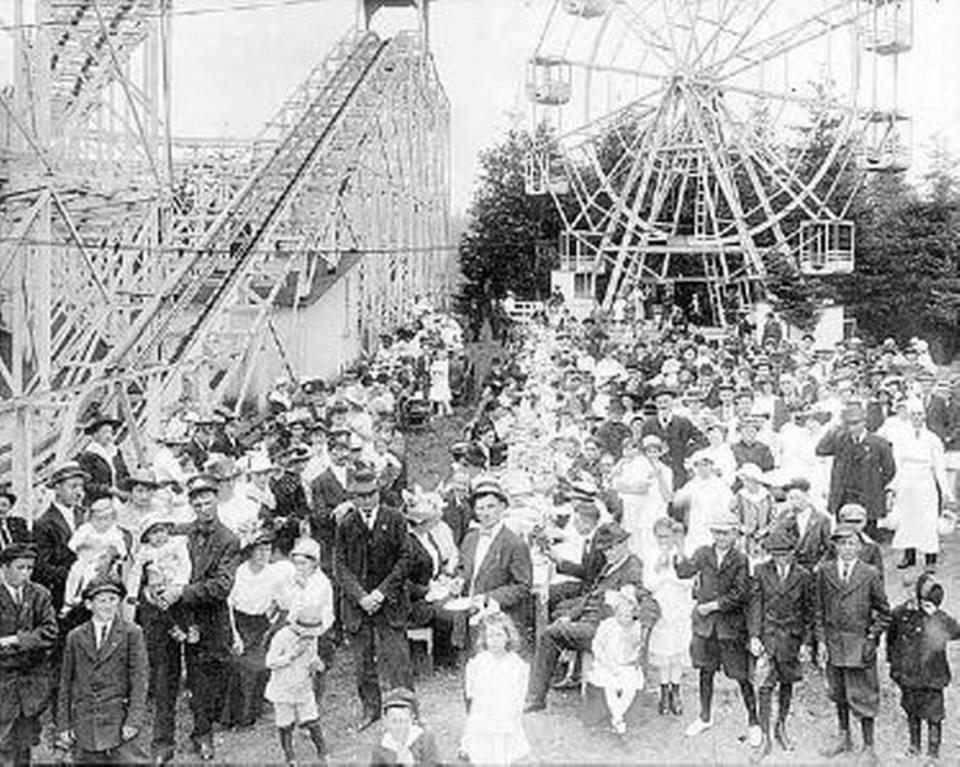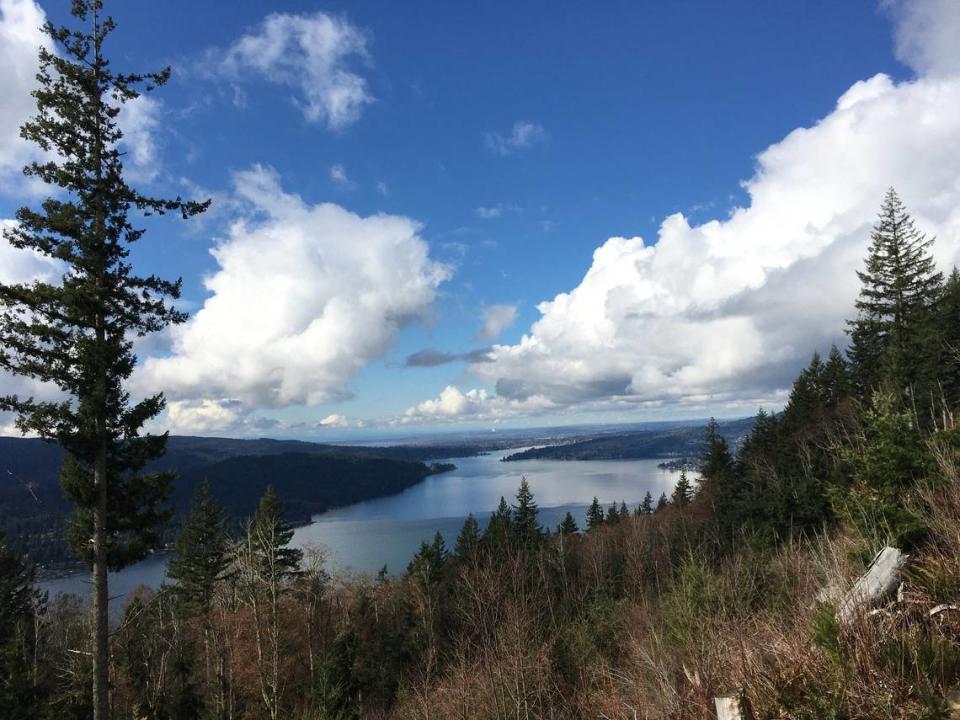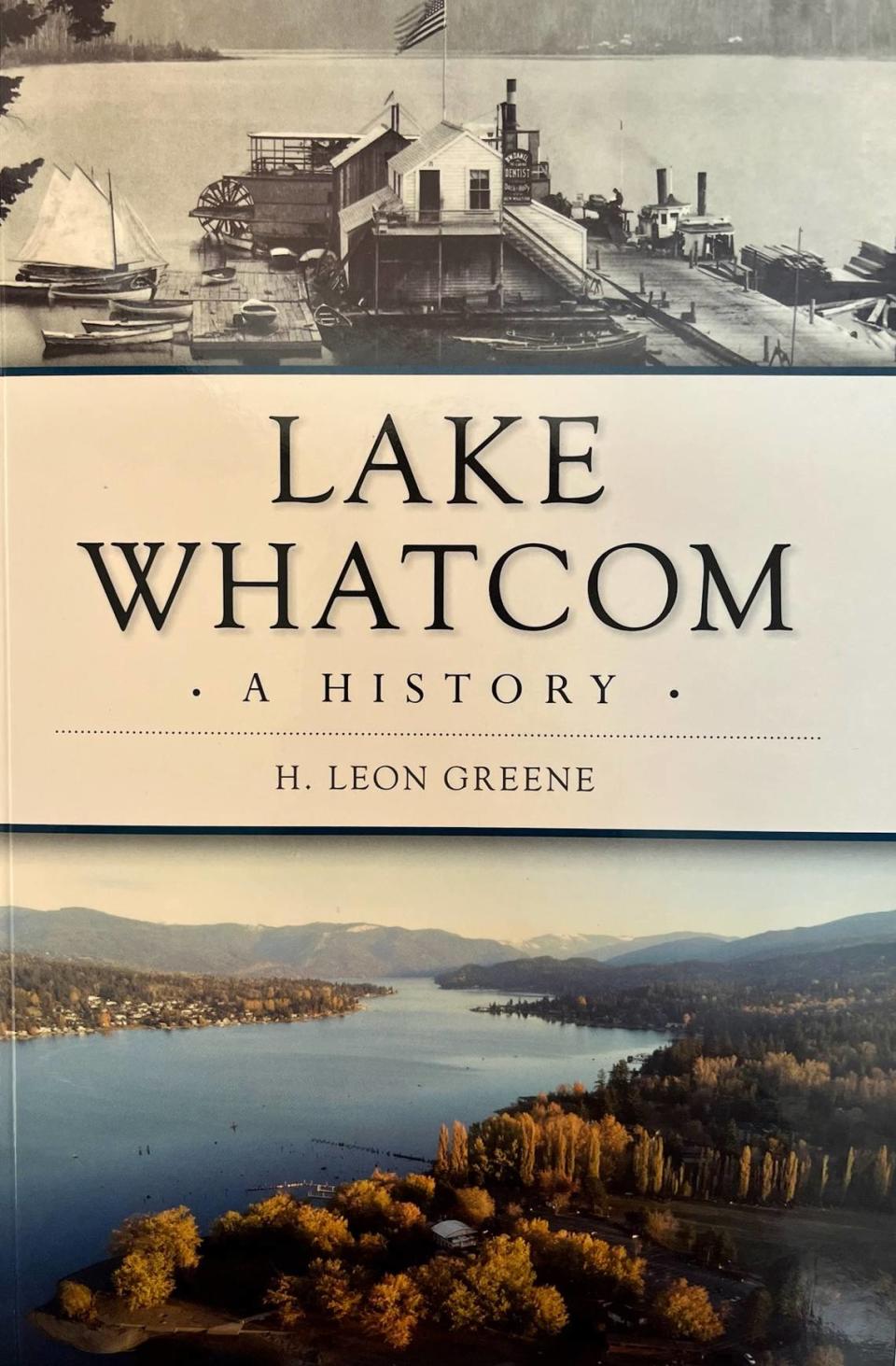Horse-drawn steamboats & bear cages: New book details Lake Whatcom’s overlooked history
Uniquely is a Bellingham Herald series that covers the moments, landmarks and personalities that define what makes living in Northwest Washington so special.
H. Leon Greene, a retired cardiologist turned author, likes to know about where he lives. That was the driving force behind his latest book, “Lake Whatcom: A History.”
“We look out on Lake Whatcom every day,” Greene said in a phone call with the Bellingham Herald. “Initially, I thought, there’s probably not too much to say about that, until I looked into it. And there’s a real rich history of things going back into the mid-1800s, late-1800s.”

Greene reached out to the local branch of the Washington State Archives, Western Washington University’s Center for Pacific Northwest Studies and the Whatcom Museum. The Lake Whatcom of the past, he found, looked nothing like the calm lake he sees right near his home everyday.
“The notion of a coal mine on the lake with barges and boats — steamboats — going up and down the lake, I mean, to me it was unheard of,” Greene said.
While the book mentions Lake Whatcom’s past as the center of a Salish village — its name is taken from a Nooksack word meaning noisy waters — Greene focuses on the late 19th and early 20th centuries. For much of that time, the lake was a hub of local industry. John J. Donovan, Julius H. Bloedel and Peter Larson brought large-scale logging to the lake; a railroad ran over its northern end; and 10 coal mines stood on its shores. One of the coal mines, the Blue Canyon mine, exploded in 1895, killing 23 people.
Eventually, the lake became a center for recreation. First a hotel opened in Silver Beach. It was followed a “White City” amusement park on the lake’s shore, which stood between 1905 and 1916.
“They had roller coasters and merry-go-rounds and ice cream stores and dance halls. And they had a bear cage, which of course today would never be accepted,” Greene said.

The book, published by The History Press, dedicates 30 pages to the various boats that called Lake Whatcom home around the turn of the century. Among the most notable of those was the Edith, a 77-ton steamboat that took an eventful journey up Alabama Street to the lake from Bellingham Bay at the end of the 19th century.
“In about 1890, they decided they needed some steamboats on Lake Whatcom and so they decided to transport a fairly large steamboat from Bellingham Bay over to Lake Whatcom,” Greene said.
The boat was placed on wheels and pulled up the wooden plank covered street by four teams of horses.
“Occasionally it got stopped by bears scaring the horses and [had] to shut down for the day until the bears ran away,” Greene said.
In the end, the trek took far longer than anyone expected, and the company charged with transporting it lost money on the deal, according to Greene.
“They initially thought that it would take about 10 days to take it from the bay to the lake, and it turned out being about 50 days. … It even became a metaphor for progress impeded,” Greene said. “They would say ‘oh, that’s as slow as the Edith.’”
The Edith wasn’t the only steamboat to call Lake Whatcom home — more than a dozen others did, too. But nearly all of them met an unfortunate end.
“There were 15 or so steamboats over the course of the history of the lake, and virtually every one of them burned at some time, or ran aground and sank,” Greene said. “But usually it was just the loss of the boat and there were a few where people were injured. I can’t remember any where there was loss of life.”

Even if the steamboats met a sad fate, the Silver Beach resident said he was constantly surprised by the feats of engineering involved in setting up industry on the lake.
“There were some wooden pipes [that] were initially put in the northern end of the lake, that supply the town. And then back in the mid-1930s, they decided to move the intake pipe down to the southern end of the lake. But to imagine that, that, you know, there’s a 6-foot pipe out of the middle of the lake, that it’s delivering all the water to the city of Bellingham, [is] pretty much lost on most people.”
Greene understands that the local water supply doesn’t exactly sound like must-read material at first, but that’s why this kind of local history is so valuable.
“I knew nothing about the water supply for Bellingham,” Greene said. “And the time somebody says something like that, you probably will start to yawn. But I mean, the entire Bellingham community and beyond is dependent upon Lake Whatcom for its water source, and the history of how that developed is really fascinating.”

